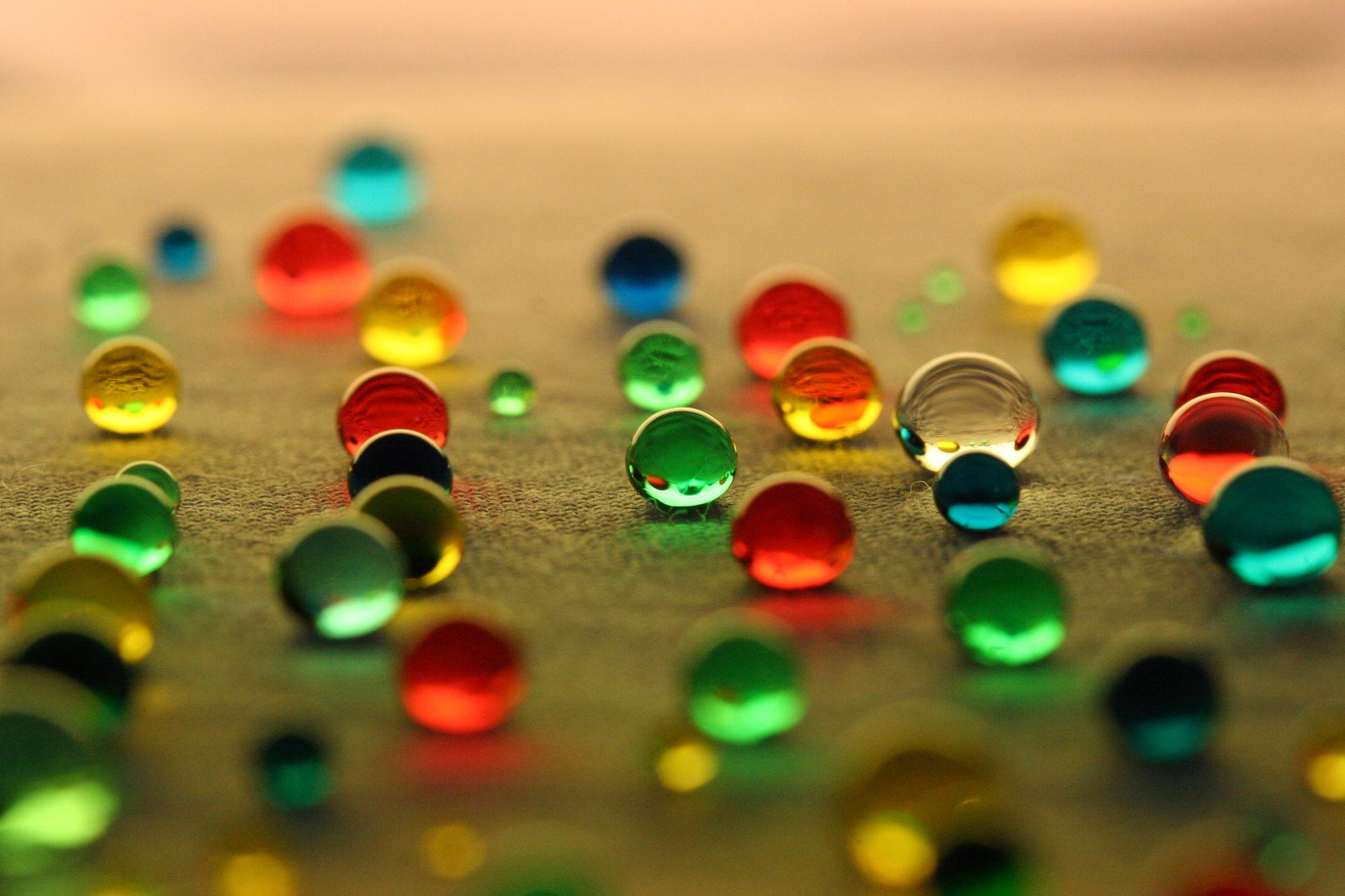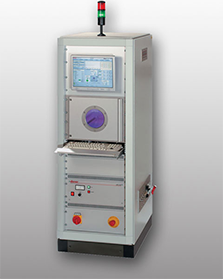Plasma Treatment Articles
Plasma Activation,
Plasma Cleaning,
Plasma Coating
|
3 min read
Topic:

Plasma coating under vacuum is an environmentally-friendly way to achieve a thorough, uniform coating using a wide range of materials that can be deposited on an equally wide range of surfaces. The complete process includes three steps: cleaning, activation, and coating. Done correctly, it not only improves the performance and quality of the final product, it can even create new materials by breaking down and reassembling existing materials and chemistries on a molecular level. Let's take a closer look.
Thorough surface preparation and cleaning of the surface to be coated is the key to ensure that the plasma coating successfully adheres to the base material. Surface contamination and the presence of foreign materials on the substrate are the chief causes of poor coating adhesion. Plasma cleaning converts contaminating materials into their atomic particles, essentially turning solids and liquids into a gas, and flushes them away with additional gas feedstock from the vacuum chamber.
 Plasma activation and cleaning creates a better bonding surface for adhesives and coatings because it fundamentally changes the base material surface chemistry to produce molecular bonding – the strongest type of bonding possible. Non-plasma-related bonding processes are governed by charge-related forces known as van der Waals forces. These are relatively weak attractive forces that act on neutral atoms and develop because of the electric polarization induced in each of the particles by the presence of other particles which either collide or pass very close by each other.
Plasma activation and cleaning creates a better bonding surface for adhesives and coatings because it fundamentally changes the base material surface chemistry to produce molecular bonding – the strongest type of bonding possible. Non-plasma-related bonding processes are governed by charge-related forces known as van der Waals forces. These are relatively weak attractive forces that act on neutral atoms and develop because of the electric polarization induced in each of the particles by the presence of other particles which either collide or pass very close by each other.
Plasma activation can be viewed as a continuation of the cleaning process, seamlessly transitioning from one to the other in the vacuum chamber without breaking vacuum. Plasma activation occurs when a specific chemistry is deposited on the surface of the base material, modifying the surface to improve its adhesive properties to better facilitate the application of a wide range of coatings. Depending on the particular characteristics of the surface being activated, specific gas mixtures, or “feedstocks,” can be selected to ensure optimal coating performance. Plasma treatment experts such as the specialists here at Thierry Corp., can suggest the appropriate feedstock for your plasma processing.
The plasma coating process begins with the introduction of a vaporized monomer (nearly any liquid or sublimating solid material source that can be converted from a solid directly to a gas) or a bottled gas feedstock as a source of the coating material. This gas is introduced into the plasma vacuum chamber and an electric charge is applied, creating gas ions, molecules, and radicals in a high energetic state known as plasma. When plasma and the corresponding monomer collide, the activation of the monomer starts, leading to polymerization – the creation of a polymer from the monomers which is deposited on the substrate surface.
Manufacturers can determine the thickness of the coating by precisely controlling the time that the plasma deposition process takes place. Ideally, this is done by computer automation to ensure highly accurate reproducibility and repeatability throughout the process. Once the plasma coating process is complete, the gases can be removed from the vacuum chamber and the vacuum vented, enabling workers to remove the parts or for the materials to move down the manufacturing line in an in-line vacuum chamber automated system. All three of the steps outlined here are performed without breaking the vacuum between steps, enabling rapid and efficient processing – especially valuable when production is at scale.
The plasma coating process has advanced the evolution of the coatings industry exponentially. It provides the ability to safeguard electronics and other products with protective capabilities such as hydrophobicity, oleophobicity, corrosion-resistance, as well as dielectric and thermal properties.
Not only does plasma processing improve the performance, quality, and longevity of a wide range of adhesives and coatings, it’s also an environmentally-friendly technology that requires no toxic chemicals or hazardous exposure of workers. And plasma processing is done at a much lower temperature than other industrial coating methods, enabling temperature-sensitive materials such as plastics to receive high-quality coatings.
Plasma coating provides manufacturers with a competitive advantage through the ability to produce higher-quality, higher-value products with improved surface characteristics and a greater choice of coatings. By understanding the plasma coating process and the advantages it can provide, manufacturers gain greater flexibility and versatility in the product design options available to them, creating new opportunities for growth and profitability.
Interested in learning more about how coatings enable manufacturers to improve the quality of their products? Please consider downloading our eBook titled "The Manufacturer's Plasma Coating Playbook" to learn about coating applications. If you are interested in speaking to an expert in plasma applications, please consider reaching out and scheduling a plasma treatment overview discussion.
Plasma: +1 (248) 761 9253
Distribution: +1 (248) 549 8600
Fax: +1 (248) 549 3533
info@thierry-corp.com
Comments